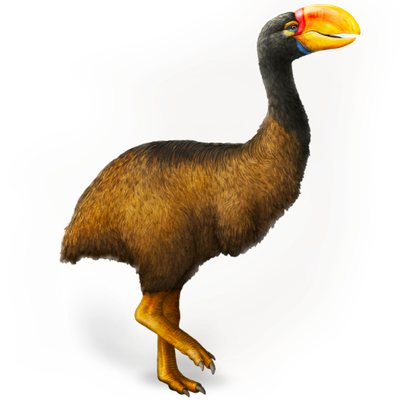Your search returned 2817 results
By Page Type
By Tag
- fish (966)
- blog (696)
- fishes of sydney harbour (401)
- First Nations (299)
- Blog (236)
- AMRI (169)
- archives (164)
- Eureka Prizes (146)
- Aboriginal and Torres Strait Islander (135)
- insect (126)
- Ichthyology (124)
- geoscience (109)
- minerals (102)
- climate change (100)
- podcast (94)
- Fish (91)
- Anthropology (89)
- International collections (80)
- Minerals Gallery (78)
- wildlife of sydney (78)
- Labridae (77)
- frog (74)
- gemstone (70)
- history (64)
- photography (64)
- Mollusca (60)
- gem (59)
- staff (59)
- Birds (56)
- Gems (56)
- Indonesia (56)
- education (56)
- shark (55)
- AMplify (54)
- people (53)
- earth sciences (50)
- past exhibitions (50)
- exhibition (49)
- Gobiidae (48)
- sustainability (46)
- Pomacentridae (45)
- Serranidae (44)
- lifelong learning (42)
- science (42)
- Earth and Environmental Science (41)
- Syngnathidae (41)
- Ancient Egypt (40)
- Bali (40)
- bird (40)
- dangerous australians (40)
-
Survival and revival of the string figures of Yirrkala
https://australian.museum/learn/cultures/first-nations-collections/cultural-objects/survival-and-revival-of-the-string-figures-of-yirrkala/String figures, or Matjka-wuma, are patterns or designs made on the hands with a loop of string.
-
Mangku Mura, Balinese Artist
https://australian.museum/learn/cultures/international-collection/balinese/mangku-mura-balinese-artist/Kamasan artist and his brilliant career.
-
The Painter in ancient Egypt
https://australian.museum/learn/cultures/international-collection/ancient-egyptian/the-painter-in-ancient-egypt/Ancient Egyptian wall paintings provide a fascinating glimpse into the past. In tombs it was the painter's task to preserve the dead individual's spirit. Most tomb art generally followed consistent rules and held special meaning to the ancient Egyptians.
-
Discover more
2025 Australian Geographic Nature Photographer of the Year
Special exhibition
Free entry
Now open -
Discover more
Unfinished Business
Special exhibition
Free entry
Now open -
Find out more
Surviving Australia
Permanent exhibition
Free entry
Now open![]()
-
Find out more
Burra
Permanent kids learning space
Free entry
10am - 4.30pm![]()
-
Discover more
Minerals
Permanent exhibition
Free entry
Open daily![]()





